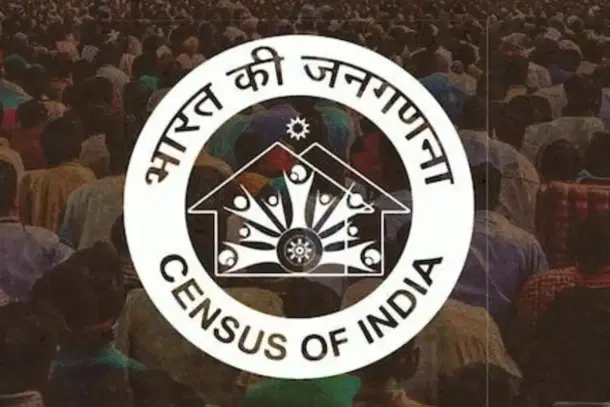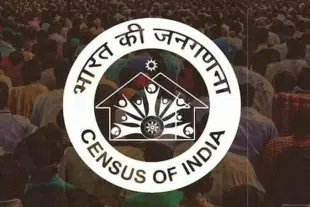News Brief
Census 2027: What The Questionnaire Will Probably Look Like
Shrinithi K
Jun 05, 2025, 03:16 PM | Updated 03:16 PM IST
Save & read from anywhere!
Bookmark stories for easy access on any device or the Swarajya app.


The Centre on Wednesday (4 June) announced that it will conduct the long-pending Census exercise along with enumeration of castes.
The Ministry of Home Affairs (MHA) stated that the census will be carried out with a reference date of 1 October 2026 in snow-bound areas like Ladakh, and on 1 March 2027 across the rest of the country.
According to a report by Times Now report, the Office of the Registrar General and Census Commissioner has prepared nearly three dozen questions to capture a comprehensive socio-economic snapshot of Indian households.
These may include queries on:
Name, marital status, and details of children
Educational qualification
Employment type (public, private, self-employed)
Ownership of a telephone, internet, mobile or smartphone
Ownership of vehicles such as bicycle, scooter, motorcycle or car
Type of cereal consumed in the household
Main sources of drinking water and lighting
Access to and type of latrines, wastewater outlet, and bathing facility
Availability of kitchen, LPG/PNG connection, and primary cooking fuel
Ownership of radio, transistor, and television
Predominant material used for the floor, wall, and roof, and the condition of the house
Total number of residents in the household
Whether the head of the household is a woman
Whether the head belongs to a Scheduled Caste or Scheduled Tribe
Number of dwelling rooms and number of married couples in the household
These questions aim to assess the extent of development since the last Census in 2011.
The field operation will be supported by a tiered training structure.
As per the report, 100 national-level trainers will be prepared, who will train around 1,800 master trainers.
These, in turn, will train 45,000 field trainers, who will finally equip enumerators and supervisors for field duties.
This Census marks a significant step, not only in data collection but also in enabling more nuanced policymaking based on updated social and economic realities.





